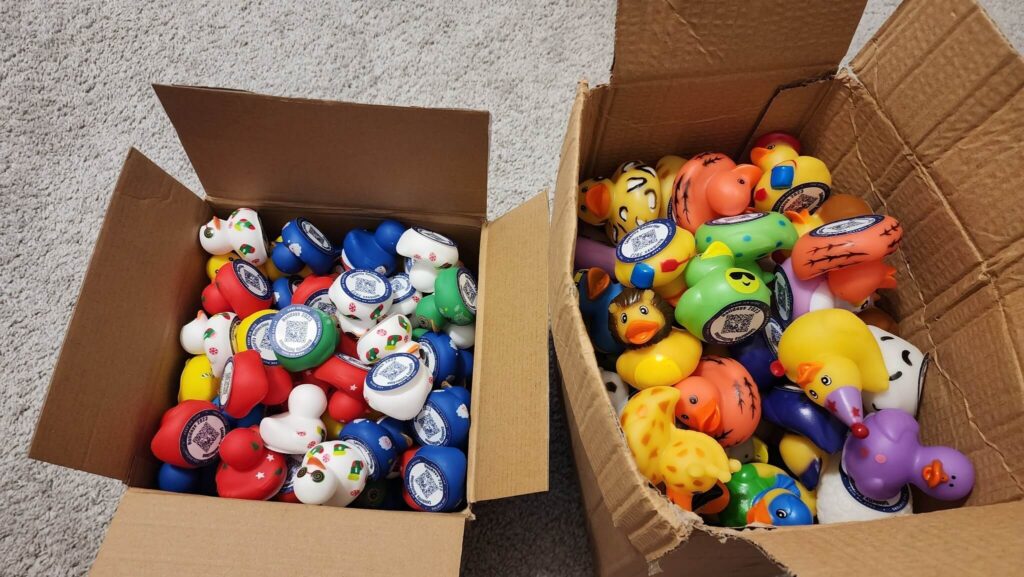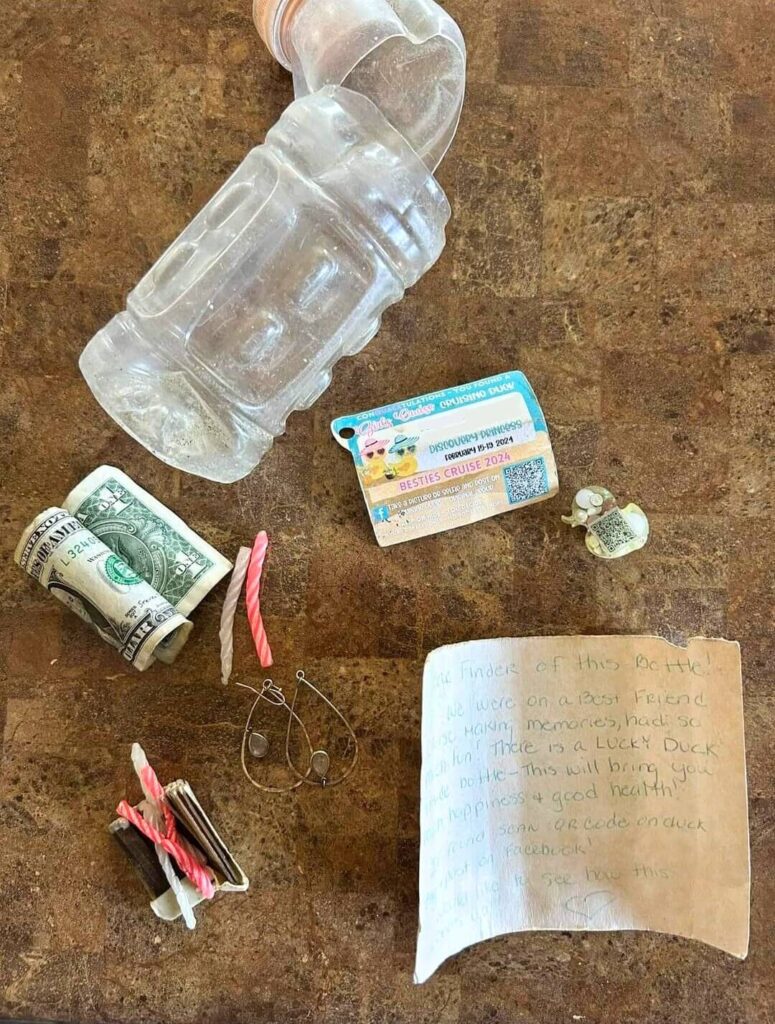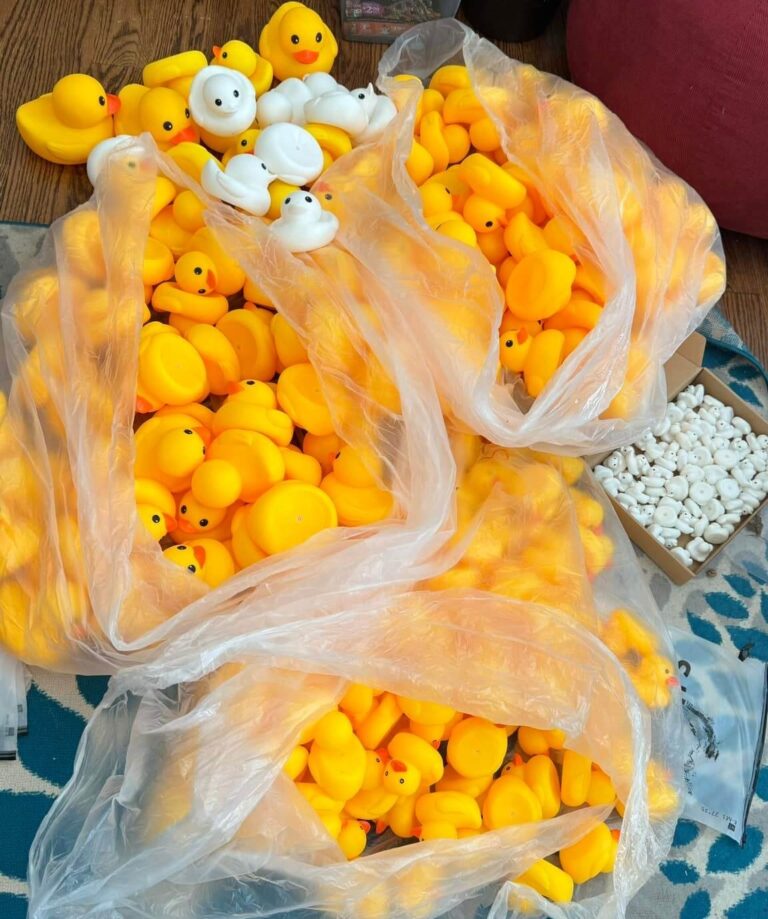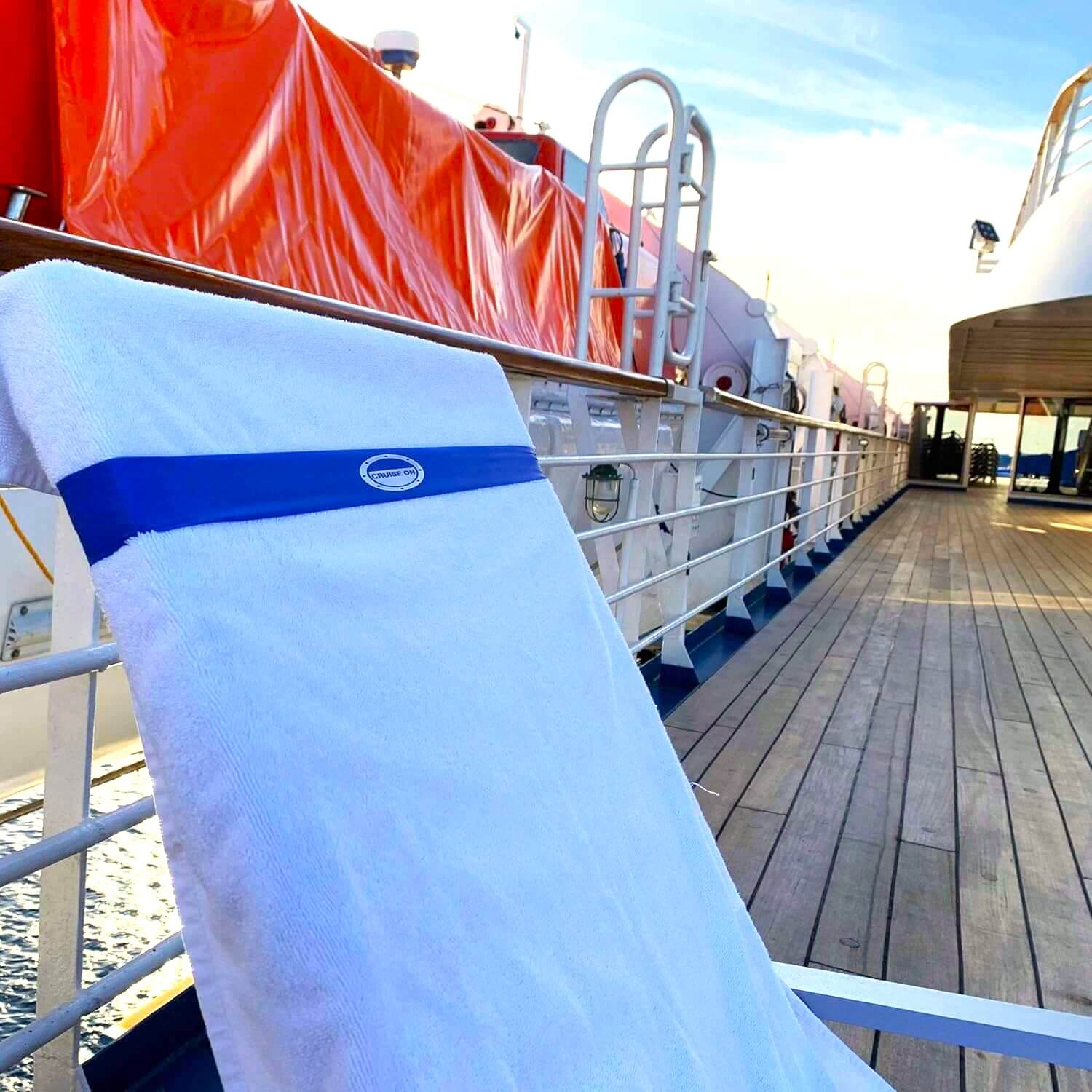Cruise ducks, those colorful rubber or plastic objects hidden aboard ships, have become a beloved tradition among passengers.
While many see this activity as a harmless game that improves the cruising experience with a sense of adventure and community, nobody seems to notice the problems and consequences of these tiny, floating objects.
I reached out to some workers on cruise ships, and they confirmed that they find hundreds of rubber ducks every week!
How is that possible?
The social trend

This particular scavenger hunt has quickly gained popularity and spread across various social media platforms.
What started as a small thing among a few cruisers has now become a widely organized activity, especially after the creation of the Cruising Ducks Facebook group, which quickly reached 250,000 members.
This trend was undeniably created as a unique way for cruisers to engage with one another and as a fun activity for both kids and adults. However, now that it has reached enormous dimensions, it seems that no one is thinking about the potential consequences that may arise from it.
The Environmental Impact

What I want to highlight in this article is the environmental impact of cruise ducks. These playful toys, often made from plastic, are hidden in nooks and crannies around the ship, waiting to be discovered by fellow passengers.
However, what starts as a game can quickly turn into an environmental hazard. The risk of these ducks being swept into the ocean is not just a possibility but a reality, contributing to the ever-growing crisis of plastic pollution.
There are already several reports of ducks falling into the sea or, worse, being thrown intentionally or unintentionally.
Such actions, albeit small in individual instances, accumulate to pose a significant threat to marine life and ecosystems.
As you probably know, cruise ships already pollute a lot; it is not possible to make this situation even worse.
In the photo below, you can see a bottle found on the coast of Baja California Sur.
It had been intentionally thrown into the sea to participate in this “duck hunt.”

I absolutely understand the playful idea behind it, but many people are unable to comprehend that they are exaggerating.
As a cruise lover, I cannot accept it, and I feel duty-bound to highlight the negative sides that are emerging from this trend.

Cruise Lines’ Response
I have contacted the cruise lines to ask for clarification on this issue. At the moment, Disney Cruise Line is the only one that has adopted a hard line on the issue.
Disney’s response was:
“Guests may bring rubber ducks onboard. However, they cannot hide things, such as rubber ducks, in staterooms or public areas.“
On the contrary, Carnival Cruise Line Brand Ambassador John Heald stated:
“The answer is no, we are not going to ban the hiding of ducks. I know this is not for everyone, but I also know they are not ‘disease-riddled,’ and I also know it gives so many people joy, so why would we stop the spreading of joy?“
Royal Caribbean, for the time being, also states it will continue to allow passengers to hide rubber ducks, as long as they are in public areas.
As I mentioned at the beginning of the article, I also got in touch with two workers on cruise ships.
Both confirmed to me that they find hundreds of ducks every week, but neither confirmed nor denied whether the ducks are removed and thrown away or not.
From their responses, I believe that when the number of ducks becomes too high, they are removed, but this is just an assumption.
The only confirmation they have given me is that ducks are removed from the cabins because items belonging to previous passengers cannot be there when new guests enter the cabin.
The Future of Cruise Ducks: Balancing Fun and Responsibility

As I mentioned at the beginning of the article, my criticism is not about the game of hiding rubber ducks on a cruise. Instead, I am concerned about the amount and scale that this phenomenon is reaching.
Cruise ships are getting bigger and can accommodate more and more people.
Imagine if, on a 6,000-passenger ship, even one-tenth of the people carried a single duck; that would mean 600 rubber ducks per cruise.
Now consider that there are people who carry dozens and dozens of ducks, and you can imagine the consequences that will arise if this trend continues to expand.
Cruise ships are already polluting, and cruise lines are doing a lot to improve in this aspect. Let’s avoid making it worse with hundreds (or thousands) of rubber duckies.
I have tried several of them but these are the most durable and sturdy.





